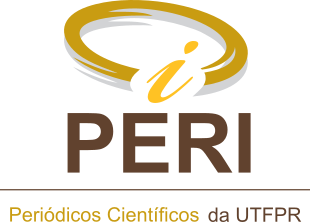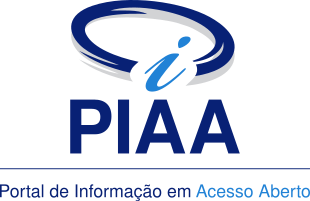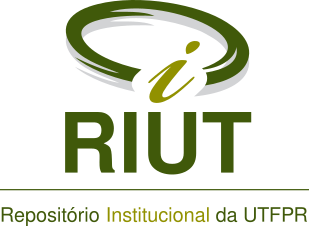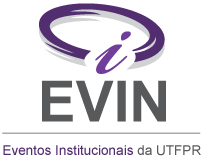Valorization of industrial byproducts, okara and beer bagasse, to design balanced laboratory animal feed
Resumo
The exploitation of industrial byproducts as raw materials was proposed to develop food for laboratory animals. Okara and beer bagasse were primarily considered based on their protein content and abundance in our country. The Pearson square method was used to balance the formulation, which was designed as pellets. The product was physically, chemically, and biologically evaluated on Balb/c mice for 34 days. The results were compared with a control batch fed with a commercial food. The results showed that it was possible to produce pellets with physical characteristics suitable for consumption by experimental mice. The composition of the formulation developed was: 25.54% protein, 19.3% fat; 1.50% fiber; 10.46% ash; 3.51% moisture; 39.69% carbohydrates. Brea gum, a natural product, was employed to achieve an adequate consistency. Mice fed with this product demonstrated good acceptance, palatability, and assimilation. A better feed conversion index and a higher protein efficiency ratio were obtained regarding the commercial food, which would indicate that the food developed had better quality proteins. A lower daily consumption was evidenced due to the fat content of this sample, which provides a higher amount of calories per gram. This work is a contribution to a sustainable production with a positive impact on the environment.
Palavras-chave
Texto completo:
PDF (English)DOI: 10.3895/rebrapa.v15n1.18763
Apontamentos
- Não há apontamentos.
Direitos autorais 2025 CC-BY

Esta obra está licenciada sob uma licença Creative Commons Atribuição 4.0 Internacional.





